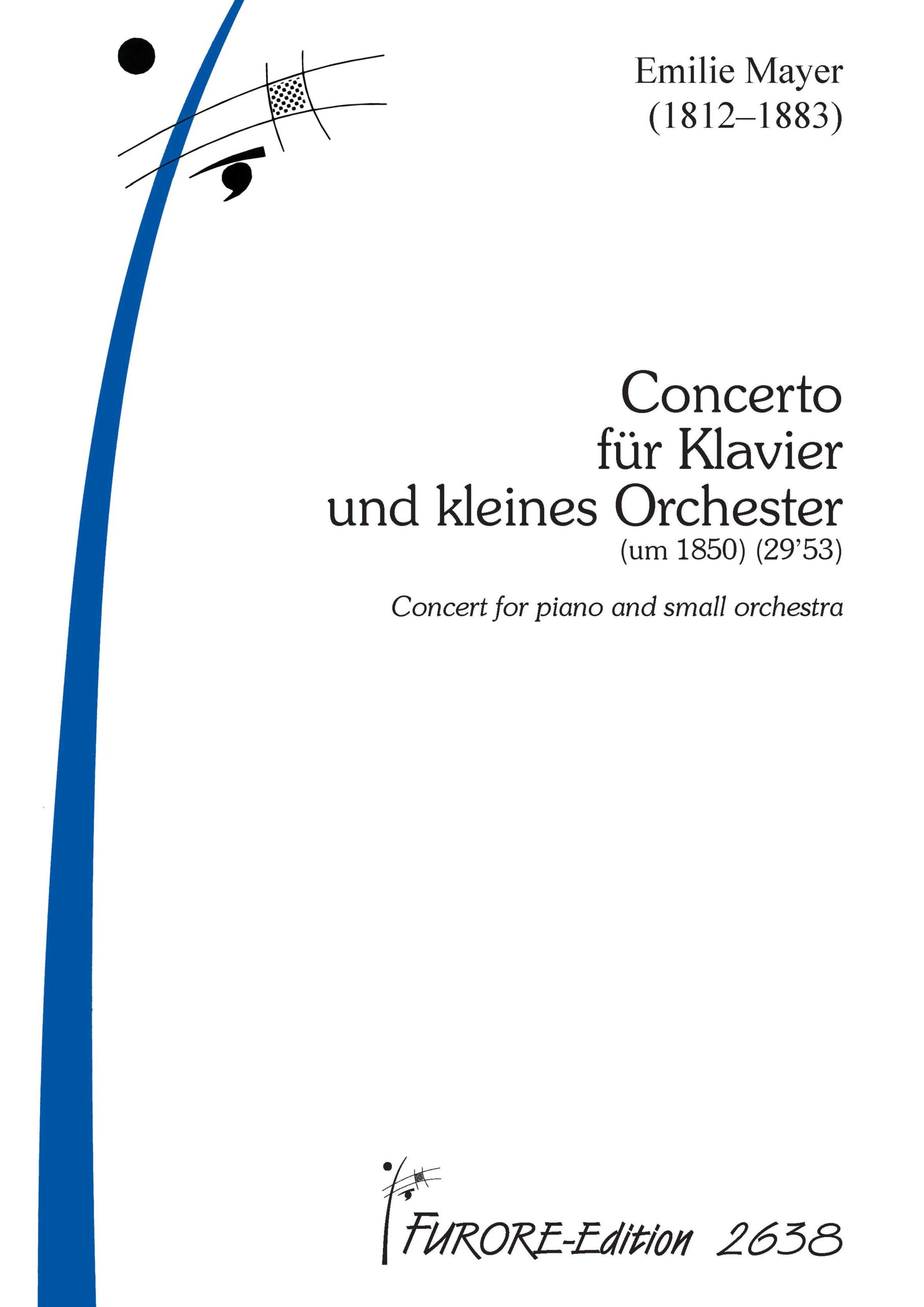“Piano concerto based on the classical model
Emilie Mayer was also a good pianist who “knew how to play her own piano compositions with warm expressions”, according to an obituary in the Neue Berliner Musikzeitung. In addition to piano and chamber music pieces in which the keyboard instrument is occupied, the composer also left this concerto for piano and orchestra. Unfortunately, nothing is known about the creation or possible performances of this work.
Since the piano concerto is mentioned in a letter in 1857, it is likely like most symphonies, it dates from the productive 1850s. Based on the surviving autograph, it can at least be seen that the piano part was played – after all, it contains a fingering. The role model effect of Mozart and Beethoven can be clearly felt in the concert. Emilie Mayer has oriented herself in particular to the concerts of Mozart (KV 595) and Beethoven (op.19), which are also in B flat major (Almut Runge-Woll, the composer Emilie Mayer). The entrance allegory has sonata-like features. It starts with an extensive orchestral exhibition. The piano introduces itself with its own theme, before it later also takes up motifs from the orchestra. In the solo episodes, Emilie Mayer mostly relies on virtuoso passages. Sixteenth runs of the piano also determine the development-like middle section, in which the orchestra plays with motivic elements from the beginning of the movement. The lyrical second movement in three-part song form (Un poco Adagio) is followed by a multifaceted rondo (Allegretto). ”
From the program of the Neubrandenburg Philharmonic on the occasion of the performance in the Emilie Mayer Memorial Year 2012










